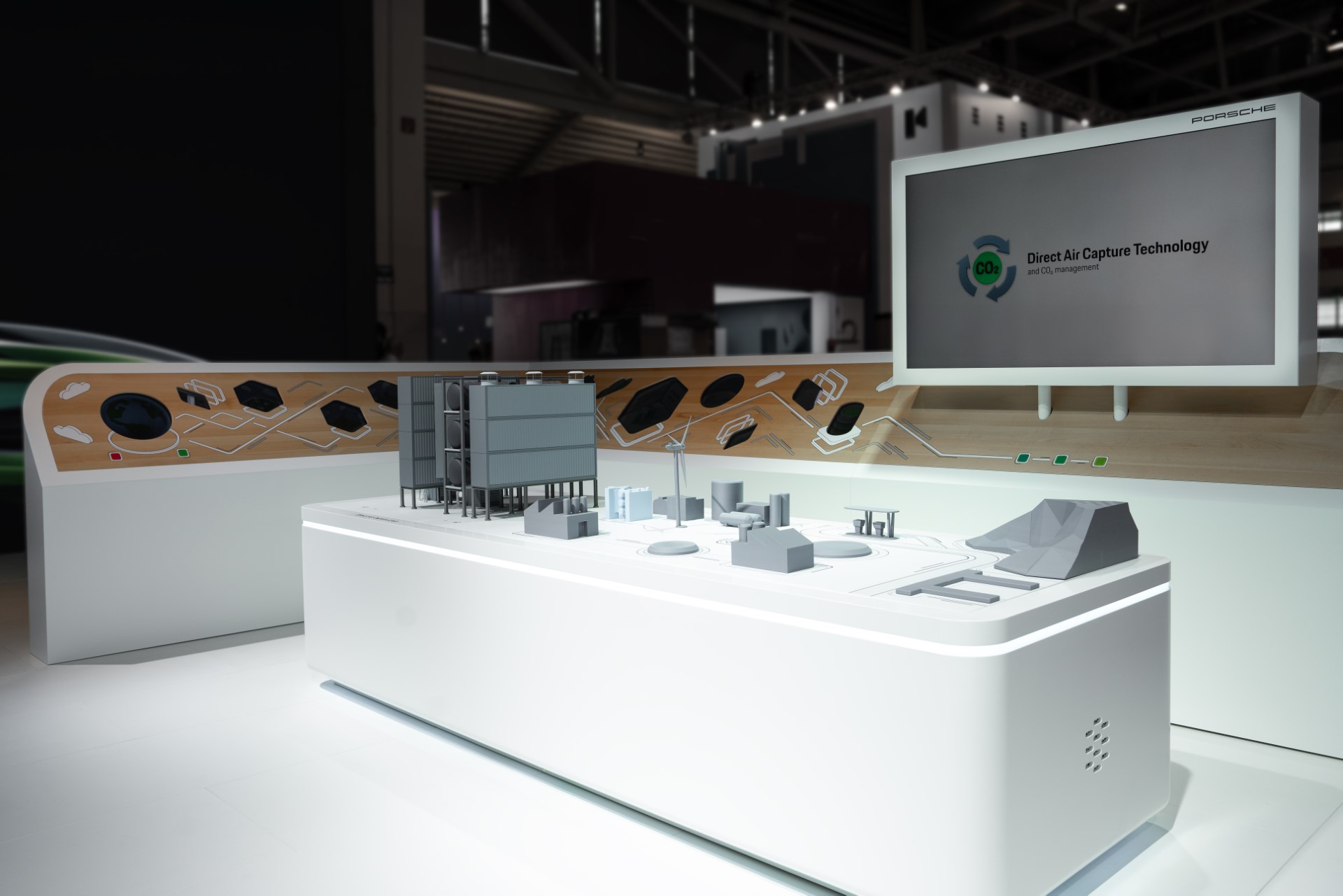Porsche is now venturing into the realm of Direct Air Capture (DAC) technology.
It’s not your typical automotive news, but it’s a game-changer in the fight against climate change.
The air we breathe, filled with carbon dioxide (CO2), is seen as a valuable resource. Porsche, in collaboration with Volkswagen Group Innovation, eFuels company HIF Global, and MAN Energy Solutions, is exploring the integration of a DAC facility into the eFuels pilot plant in Chile. This facility could be a game-changer, extracting the CO2 needed for eFuels production.
Now, you might wonder why Porsche, a company renowned for its sports cars, is delving into this green arena. Well, it’s about combating climate change and embracing a circular economy. Michael Steiner, Member of the Executive Board for Research and Development at Porsche AG, puts it eloquently, “To slow global warming, it is essential to reduce emissions and remove CO2 from the atmosphere. At the same time, we need CO2 as a raw material in many production processes. Why not combine the two?”

Barbara Frenkel, Executive Board Member for Procurement at Porsche, chimes in, highlighting the versatility of pure CO2. It can be used for industrial processes, permanently stored underground, or utilized to produce eFuels – the first step in Porsche’s journey.
Now, let’s break down how DAC technology works. Imagine the atmosphere as a canvas, and CO2 particles are the paint. DAC technology is like an artist’s brush, extracting CO2 from the air. It’s efficient, scalable, and can be powered by renewable energy. In this case, wind energy and hydrogen generation join forces to make it all happen.
But here’s where it gets exciting. The CO2 extracted through Direct Air Capture technology can be a raw material for non-fossil-based plastics, essentially locking away CO2 for the long term. It can also be used to produce synthetic fuels, known as eFuels.

Porsche and HIF Global are exploring how this CO2 can be used in the Haru Oni eFuels plant in Chile to create synthetic fuels. These fuels offer the promise of nearly carbon-neutral operation when produced from renewable sources.
Why Chile, you ask? Well, it’s a land of wind, with gusts blowing for about 270 days a year, making it an ideal place for wind turbines. Punta Arenas, where the Haru Oni plant is located, is close to the Strait of Magellan, providing a convenient transportation route for eFuels.
Porsche is diving headfirst into this venture, having already invested over $100 million in the development and production of eFuels, including a significant interest in HIF Global LLC. These eFuels could be a reasonable complement to electromobility, especially in regions where traditional internal combustion engine (ICE) vehicles will continue to roam the roads for years to come.
Check out more green rides here, or check out our latest videos on Ignition Labs TV!






